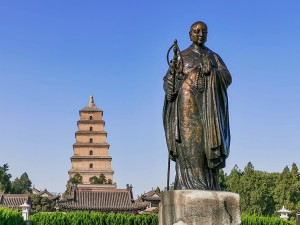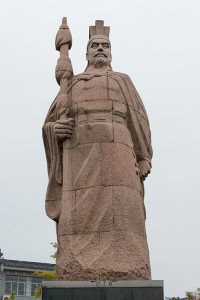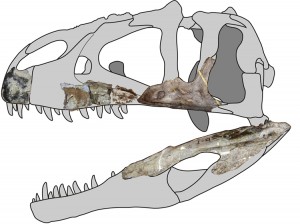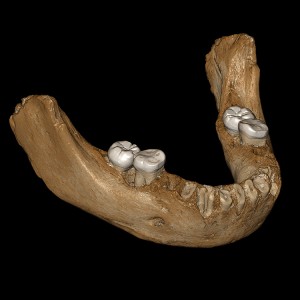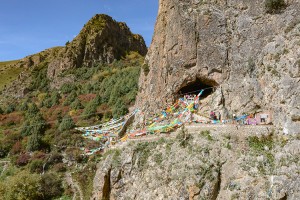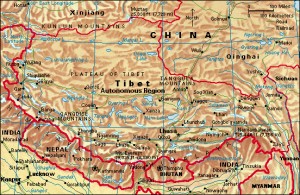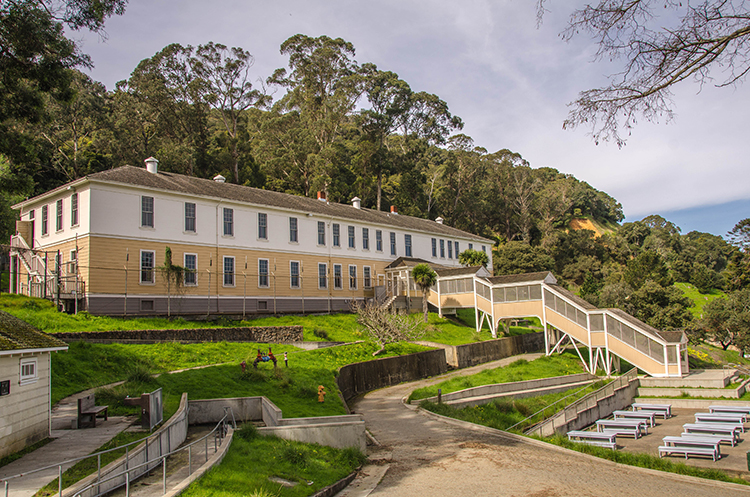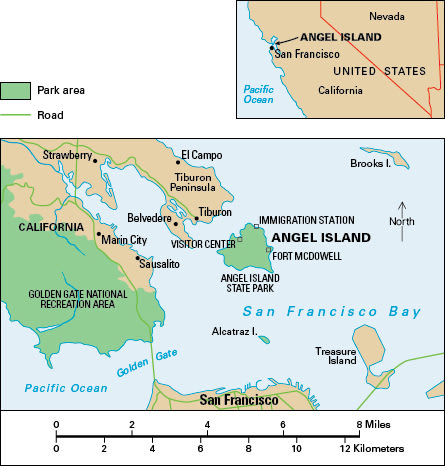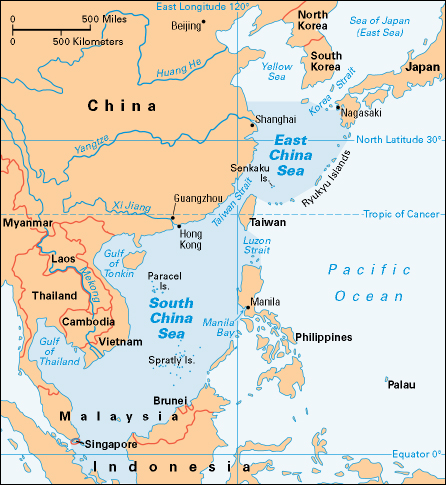Asian and Pacific Heritage Month: Explorers Zhang Qian, Gan Ying, and Xuanzang
Tuesday, May 31st, 2022May is Asian American and Pacific Islander (AAPI) Heritage Month. All month long, Behind the Headlines will celebrate the accomplishments and heritage of Asians and Pacific Islanders.
Zhang Qian, Gan Ying, and Xuanzang were Chinese explorers who made an impact on education, international relations, religion, and trade by traveling throughout Asia. Zhang Qian and Gan Ying set out as diplomats and Xuanzang traveled illegally to learn more about Buddhism. Both explorers left a lasting legacy felt throughout Asia.
Zhang Qian was an ancient Chinese explorer who traveled in the service of Emperor Wudi during the Han dynasty. The Han dynasty was a series of emperors of the same family that ruled China for over 400 years. Zhang’s journeys expanded Chinese knowledge of the world and laid the foundation for later trade between China and the West. Zhang was born sometime before 150 B.C. in Hanzhong, in central China. He worked in the royal palace in Chang’an (now Xi’an), the capital. During the 100’s B.C., the Chinese wanted to destroy large nomadic tribes called the Xiongnu, who demanded tribute and raided towns and villages in northern China. The Xiongnu already had conquered Chinese nomads called the Yuezhi. Emperor Wudi hoped the Yuezhi would form an alliance with him to defeat the Xiongnu.
Zhang set out about 138 B.C. with some 100 men. The Xiongnu captured Zhang’s party and took them to their chanyu (emperor) who held Zhang captive. Zhang escaped after more than 10 years and continued on his journey to find the Yuezhi. By then, the Yuezhi had moved west to the fertile lands of Bactria, a former Greek colony in central Asia. Zhang passed through the Ferghana Valley in what is now Uzbekistan. In Bactria, Zhang saw goods purchased from India and learned about the kingdom of Parthia.
Zhang failed to convince the Yuezhi king to join the Chinese against the Xiongnu. He took a different route back to China to avoid the Xiongnu, traveling south of the Taklimakan Desert and north of Tibet. But the Xiongnu again captured Zhang. Zhang escaped the Xiongnu during a civil war, returning to China around 126 or 125 B.C. Zhang gave Wudi a detailed report on his voyage. His accounts of Bactria, India, Parthia, and many other regions were the first accurate descriptions that China had received of these places. Wudi was fascinated with the opportunities Zhang presented for diplomatic, economic, and military expansion in Central Asia. The emperor promoted Zhang and sent him on more diplomatic and military missions. These missions increased the empire’s power and helped open the network of trade routes later known as the Silk Road. Zhang died in 114 B.C.
Gan Ying was a Chinese diplomat and explorer in ancient times. In A.D. 97, he set out to reach Da Qin, the Chinese name for the Roman Empire. Gan Ying traveled farther west than any Chinese person before him. Before Gan Ying set out, the Han Empire already had conquered the Taklimakan Desert and surrounding regions. They called this territory the Western Regions. For the first time in history, trade caravans could travel safely through the Western Regions to the rest of China. However, Parthia, farther west in what is now eastern Iran, controlled trade through its territory. The Chinese general Ban Chao, who had conquered the Western Regions, sent Gan Ying on a diplomatic mission to the Roman Empire. He hoped Gan could establish direct contact and find a way to avoid the high surcharges of Parthian merchants.
Gan Ying traveled west from the Western Regions across what are now Tajikistan and Afghanistan, and into Parthia. He reached a large body of water that most historians think was the Persian Gulf. From there, Gan tried to charter a vessel to sail to the Roman Empire, but Persian sailors would not take him. Gan Ying turned back. However, he collected all the information that he could, probably from sailors and traders gathered in Parthia. When Gan returned to China, he accurately reported that the Romans controlled the largest empire west of China.
Xuanzang was a Chinese Buddhist monk and explorer. Xuanzang traveled by foot and horse from China to India to collect Buddhist scriptures and learn more about Buddhism from other scholars. Chen Hui was born around 602, near Luoyang in the province of Henan. He was raised in the Confucian tradition but converted to Buddhism as a child. Chen was ordained in 622 and was given the monastic name Xuanzang. As a young monk, Xuanzang was troubled by the limited selection and poor quality of Buddhist texts available in China. He resolved to travel to India to bring more such texts back to China.
Xuanzang set off some time between 627 and 629 from the Chinese capital of Chang’an (now Xi’an). The government of the new Tang dynasty had greatly restricted emigration (travel out of the country) at the time. Xuanzang was denied permission to leave China, but he did so anyway, traveling in secret and at night while he crossed the border.
Through his journeys Xuanzang traveled through the Gobi Desert, Taklimakan Desert, Kucha and Turfan, Tian Shan mountains and visited Samarqand and Tashkent in present-day Uzbekistan, what is now northern Afghanistan and the Hindu Kush mountains to arrive in Gandhara, in what is now Pakistan. He also continued to the Kashmir region and the foothills of the Himalaya mountains to Mathura, India, near Delhi. Xuanzang followed the Ganges River east, visiting holy places associated with the life of Buddha.
Xuanzang began his return journey to China in 643 with the help of the Indian emperor Harsha. He arrived back in Chang’an in 645, 16 years or more after leaving China. Xuanzang was given a hero’s welcome, despite having left Tang China illegally. He returned with more than 650 Buddhist manuscripts, having traveled more than 10,000 miles (16,000 kilometers). Xuanzang wrote a book about his journeys and spent the rest of his life translating the manuscripts he had collected from Sanskrit, an Indian language, into Chinese. Xuanzang died in 664.

